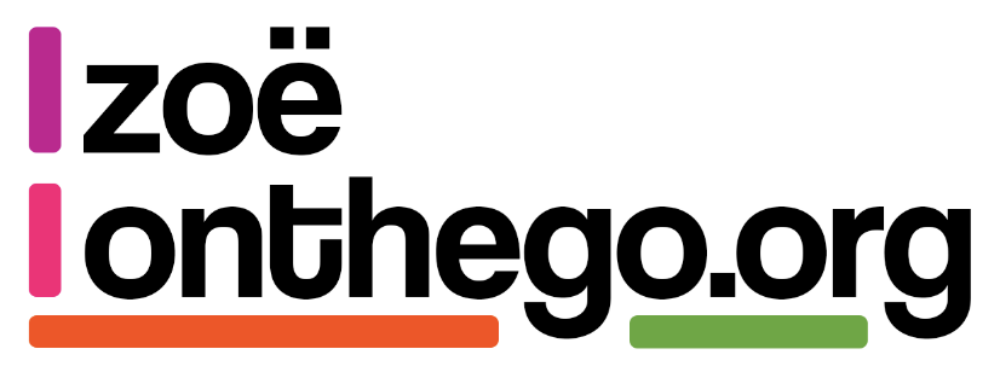The public sector is undergoing a period of unprecedented change. Citizens are demanding more from their governments, expecting the same level of personalised service that they receive from the private sector. This shift in expectations, coupled with rapid technological advancements, presents both challenges and opportunities for the public sector. To thrive in this rapidly evolving landscape, a human-centred approach to citizen experience is paramount.

The importance of Building a Human-Centred Approach:
While technology plays a crucial role in the evolution of the customer experience, a truly citizen-centric approach goes beyond simply implementing the latest tools. It requires a fundamental shift in mindset:
Empathy and Understanding: Public sector organisations need to deeply understand the needs, motivations, and pain points of the citizens they serve. This involves conducting user research, gathering feedback, and actively listening to citizen voices.
Collaboration and Co-creation: Engaging citizens in the design and delivery of services is essential. This collaborative approach ensures that services are truly designed with the end-user in mind.
Agile and Iterative Delivery: The public sector must embrace agile methodologies, allowing for flexibility and continuous improvement based on citizen feedback and evolving needs.
Citizen Trust and Empowerment: Building and maintaining citizen trust is paramount. Transparency about data usage, clear consent mechanisms, and providing citizens with control over their data are crucial.
Value Proposition for Citizens: Clearly articulate the benefits of data sharing for citizens, such as improved service delivery, personalised experiences, and more efficient government operations.
Feedback Mechanisms: Establish channels for citizens to provide feedback on data sharing initiatives, address concerns, and contribute to the ongoing improvement of the system.
The Size of the Prize for the Public Sector:
Improving the customer experience is crucial for successful public sector delivery. Here’s how:
- Increased Trust and Engagement:
- Positive experiences build trust: When people feel heard, respected, and valued, their trust in public services grows.
- Trust encourages engagement: Trusting relationships lead to higher participation in programs, adherence to guidelines (e.g., health initiatives), and smoother service delivery.
- Improved Efficiency and Effectiveness:
- Reduced complaints and appeals: User-friendly processes and clear communication minimise misunderstandings, leading to fewer complaints and administrative burdens.
- Better resource allocation: Understanding user needs and pain points allows for targeted improvements and efficient resource allocation.
- Enhanced Accessibility and Equity:
- Meeting diverse needs: A customer-centric approach considers the unique needs of different demographics, including vulnerable groups, ensuring equitable access to services.
- Removing barriers: By simplifying processes and offering multiple channels of interaction (e.g., online, in-person), services become more accessible to all.
- Data-Driven Insights and Innovation:
- Feedback for improvement: Collecting and analysing customer feedback provides valuable insights to continuously improve services and tailor them to evolving needs.
- Fostering innovation: A customer-centric culture encourages innovative solutions to better serve the public and address emerging challenges.
Challenges and Considerations:
While the potential benefits of a human-centred approach are significant, several challenges need to be addressed:
Digital Divide: Ensuring equitable access to digital services for all citizens, regardless of their age, location, or digital literacy, is crucial. The Good Things Foundation has written a lot on this topic.
Data Privacy and Security: Public sector organisations must prioritise data privacy and security, implementing robust measures to protect sensitive citizen information.
Organisational Culture: Shifting to a citizen-centric culture requires overcoming bureaucratic inertia and fostering a culture of innovation, collaboration, and continuous improvement.
Transparency and Accountability: Citizens have the right to know how their data is being used and by whom. Clear communication and accessible mechanisms for citizens to access, rectify, or erase their data are essential.
Bias and Discrimination: Data sharing should not perpetuate or exacerbate existing biases. Algorithms and data analysis processes must be carefully audited to ensure fairness and prevent discriminatory outcomes.
Lack of Trust in Gen:AI etc: Whilst many organisations are recognising the positives that the use of AI and Gen AI in particular can give when looking to improve the Customer Experience; there is still a significant lack of trust from users. When Deloitte asked working age citizens in the UK about Gen AI in customer services, over half (56%) said they would be less inclined to use a service it if they knew they were conversing with Gen AI.
Case Studies: Leading the Way in improving the Citizen Experience:
These challenges, however, are not insurmountable. Several public sector organisations are already demonstrating leadership in delivering a joined-up and improved citizen experience:
Estonia: Recognised as a global leader in digital government, Estonia offers citizens a secure digital identity that grants access to a wide range of online services, from voting to paying taxes.
Singapore: Singapore’s “Moments of Life” initiative provides citizens with a single platform to access government services related to key life events, such as starting a family or buying a home.
Canada: Service Canada has implemented an AI-powered chatbot to answer citizen questions and guide them through various government programs.
Conclusion:
The future of the citizen experience is human-centred, data-driven, and technologically enabled. By embracing a citizen-first mindset, leveraging emerging technologies, and fostering a culture of innovation, public sector organisations can meet the evolving needs of their citizens and build a more responsive, efficient, and citizen-centric government.

